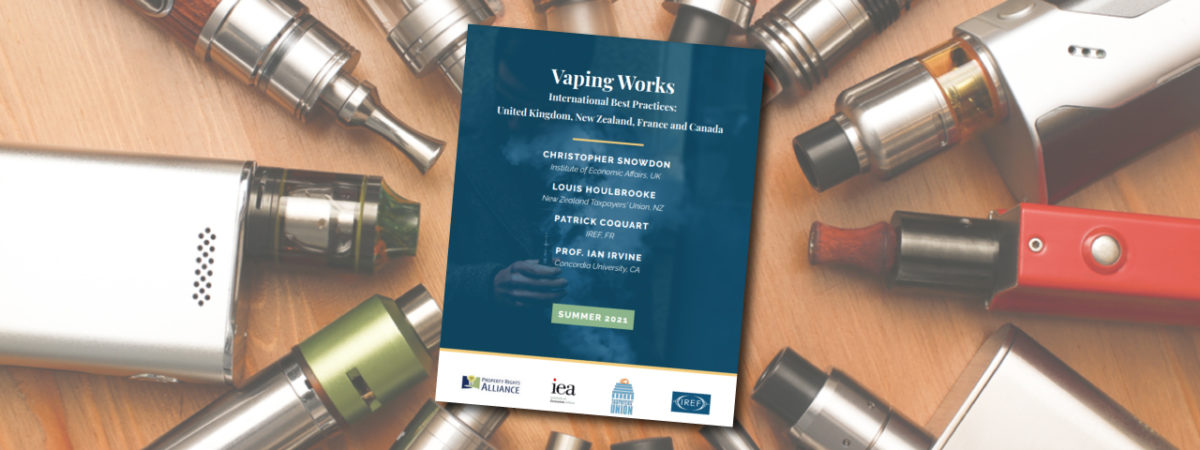Economic Freedom of the World – 2021 Annual Report
SUGGESTED



- The index published in Economic Freedom of the World measures the degree to which the policies and institutions of countries are supportive of economic freedom.
- The cornerstones of economic freedom are personal choice, voluntary exchange, freedom to enter markets and compete, and security of the person and privately owned property.
- Forty-two data points are used to construct a summary index, along with a Gender Legal Rights Adjustment to measure the extent to which women have the same level of economic freedom as men.
- The degree of economic freedom is measured in five broad areas:
- Size of Government: As government spending, taxation, and the size of government-controlled enterprises increase, government decision-making is substituted for individual choice and economic freedom is reduced.
- Legal System and Property Rights: Protection of persons and their rightfully acquired property is a central element of both economic freedom and civil society. Indeed, it is the most important function of government.
- Sound Money: Inflation erodes the value of rightfully earned wages and savings. Sound money is thus essential to protect property rights. When inflation is not only high but also volatile, it becomes difficult for individuals to plan for the future and thus use economic freedom effectively.
- Freedom to Trade Internationally: Freedom to exchange – in its broadest sense, buying, selling, making contracts, and so on – is essential to economic freedom, which is reduced when freedom to exchange does not include businesses and individuals in other nations.
- Regulation: Governments not only use a number of tools to limit the right to exchange internationally, they may also impose onerous regulations that limit the right to exchange, gain credit, hire or work for whom you wish, or freely operate your business.
- Since the Fraser Institute’s first publication in 1996, numerous studies have used the data published in Economic Freedom of the World to examine the impact of economic freedom on investment, economic growth, income levels, and poverty rates. Virtually without exception, these studies have found that countries with institutions and policies more consistent with economic freedom have higher investment rates, more rapid economic growth, higher income levels, and a more rapid reduction in poverty rates.
- The most recent comprehensive data available are from 2019. Hong Kong remains in the top position. The apparent increased insecurity of property rights and the weakening of the rule of law caused by the interventions of the Chinese government during 2020 and 2021 will likely have a negative impact on Hong Kong’s score, especially in Area 2, Legal System and Property Rights, going forward.
- Singapore, once again, comes in second. The next highest scoring nations are New Zealand, Switzerland, Georgia, United States, Ireland, Lithuania, Australia, and Denmark.
- Rankings of other major countries The rankings of some other major countries are Canada (14th), Japan (18th), Germany (22nd), Italy (47th), France (53rd), Mexico (75th), Russia (100th), India (108th), Brazil (109th), and China (116th).
- Ten lowest-rated countries The ten lowest-rated countries are: Central African Republic, Democratic Republic of Congo, Syria, Republic of Congo, Iran, Zimbabwe, Algeria, Libya, Sudan, and, lastly, Venezuela.
- Nations that are economically free out-perform non-free nations in indicators of well-being.
- In the top quartile, the average income of the poorest 10 per cent was $14,400, compared to $1,549 in the bottom quartile (PPP constant 2017, international$). Interestingly, the average income of the poorest 10 per cent in the most economically free nations is more than twice the average per-capita income in the least free nations.
- In the top quartile, 0.9. per cent of the population experience extreme poverty (US$1.90 a day) compared to 34.1 per cent in the lowest quartile.
- Life expectancy is 81.1 years in the top quartile compared to 65.9 years in the bottom quartile.
This paper was published by the Fraser Institute, and is also available on their website here.
Fullscreen Mode



